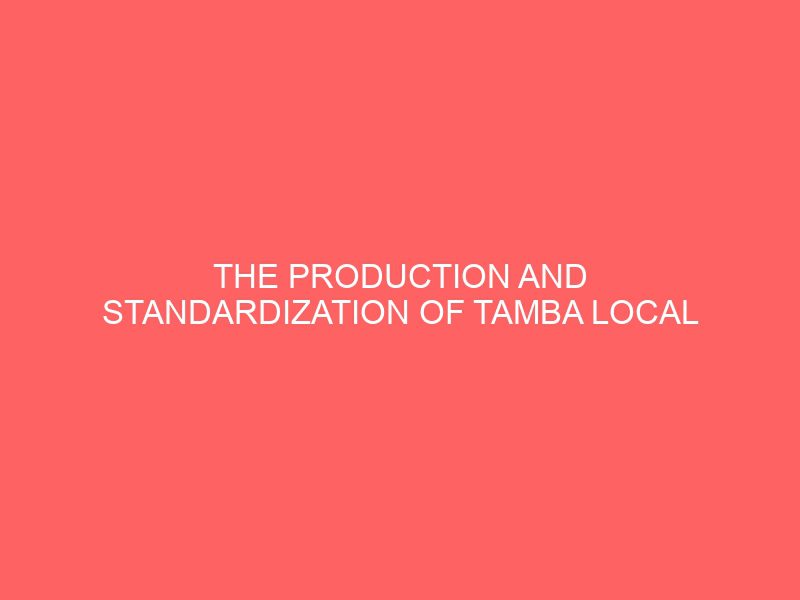Description
Finger millet Eleusine coracana is an important subsistence cereal grown mainly in the relatively dry areas of northern part of this country. The cereal is traditionally used for making foods like thin porridge Uji, stiff porridge Ugali, local brew Busaa and Tamba. This paper presents the situation regarding production, processing and standardization of finger millet in Nigeria. Information was obtained through a review of the existing literature supplemented by informal interviews with some farmers. agricultural extension officers, researchers, grain merchants. market traders millers. Marketing organization and commercial utilization of finger millet are not as developed as other cereals such as maize and wheat. There is a potential to increase production and utilization of finger millet in Nigeria. To realize this potential, research work to increase standardize the production and of this local meals from finger millet is needed to be supported and strengthened. An efficient marketing system needs to be developed and the use of finger millet in commercial food products needs to be explored and developed.
CHAPTER ONEINTRODUCTION
Finger millets is one among the oldest foods known to humans and possibly the first cereal grain to be used for domestic purposes Finger Millets are smallseeded grasses that are hardy and grow well in dry zones as rainfed crops, under marginal conditions of soil fertility and moisture. Finger millets share a set of characteristics which make them unique amongst cereals. Finger millets grow under dry conditions, can cope with relatively poor soils and require few external inputs. They are a staple food with superior nutritional qualities compared to other cereals. India is the biggest producer of millets in the world and millets remain a staple crop for numerous households. When properly stored, whole Finger millets will keep for two or more years. Baked products are foods mainly based on cereal flours which are blended with other ingredients. Millet protein lacks gluten, hence it is unsuitable as the sole material for preparation of bakery products.
Finger millet is especially valuable as it contains the amino acid methionine, which is lacking in the diets of hundreds of millions of the poor who live on starchy staples such as cassava, plantain, polished rice, or maize meal. Finger millet can be ground and cooked into cakes, puddings or porridge. The grain is made into a fermented drink or beer in Nepal and in many parts of Africa. The straw from finger millet is used as animal fodder. It is also used for a flavored drink in festivals.
STATEMENT OF THE PROBLEM
The local dish known as Tamba, a meal made form finger millet with other recipes has not yet been known and regarded as a standard flour food in Nigeria as regarded to Semovita, and this is because they have not been able to create the awareness of the dish and the nitric value and contains of it to the community.
SCOPE OF THE STUDY
This research work covers only the preparation of the local dish Tamba and the vegetable soup.
OBJECTIVES OF THE STUDY
The following ideas are the specific objectives of the study
To develop and standardize the recipes used in tamba food
To popularize the food products using finger millets
To obtain a means of preserving the local dish
SIGNIFICANT OF THE STUDY
The important aspect of this research work is its significant to the economy, by which, at the end of this research work, the researcher want to establish standard method of producing the local dish known as Tamba, which is of standard and if possible, a way of customizing its production through a preservative means as a semifinished product.








Reviews
There are no reviews yet.